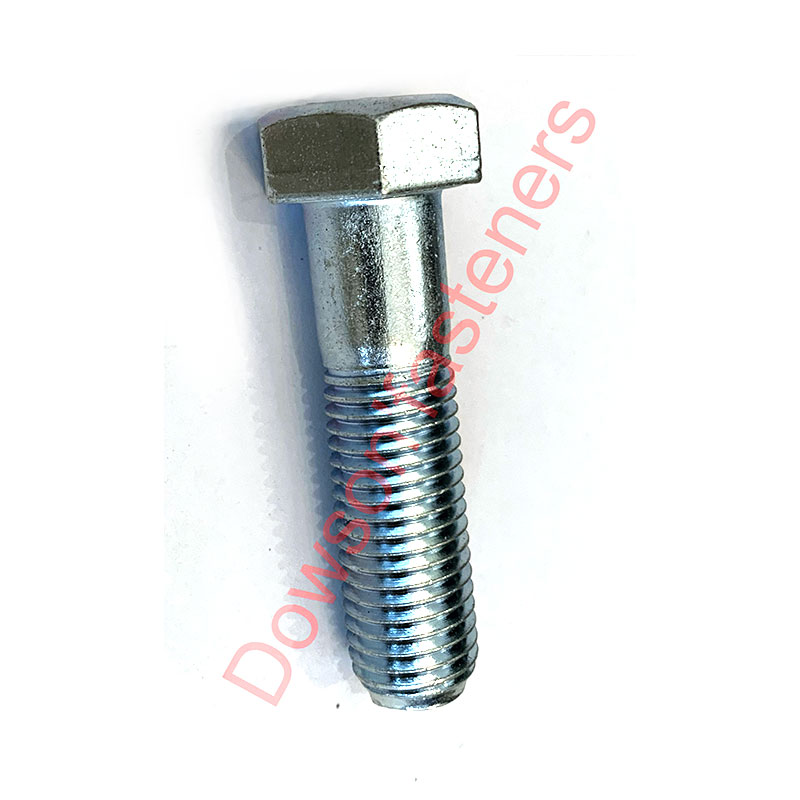Understanding Anchor Bolts: Applications and Importance
2024-05-13
Anchor bolts may not be the most glamorous component in construction, but they are undoubtedly one of the most crucial. These unassuming fasteners play a pivotal role in ensuring the stability, safety, and longevity of various structures, ranging from residential buildings to large industrial facilities. In this blog post, we'll delve into what anchor bolts are, how they work, and the diverse applications in which they are utilized.
What Are Anchor Bolts?
Anchor bolts are specialized fasteners designed to securely attach objects to concrete or masonry surfaces. They consist of a threaded end that accommodates a nut and washer for tightening, and a non-threaded portion, often referred to as the "anchor" or "body," which is embedded into the concrete or masonry substrate. This embedded portion provides the necessary resistance against pulling forces, preventing the bolted object from loosening or detaching.
How Do Anchor Bolts Work?
The effectiveness of anchor bolts relies on their ability to transfer loads from the attached structure to the base material, typically concrete. When properly installed, anchor bolts create a strong mechanical connection between the two, distributing loads evenly to prevent structural failure or displacement. This is achieved through frictional resistance and mechanical interlocking between the anchor bolt and the surrounding concrete or masonry.
Applications of Anchor Bolts:
1. Building Construction: Anchor bolts are extensively used in the construction of buildings to secure structural components such as steel columns, beams, and base plates to concrete foundations. They provide stability and resist lateral and uplift forces, ensuring the structural integrity of the entire building.
2. Bridges and Highways: In infrastructure projects, anchor bolts play a vital role in anchoring bridge bearings, guardrails, signposts, and lighting fixtures to concrete abutments or piers. They help withstand the dynamic loads and environmental conditions experienced by these structures.
3. Industrial Equipment: Heavy machinery and equipment in industrial settings often require secure anchoring to prevent movement or tipping during operation. Anchor bolts are used to fasten machinery bases, conveyor systems, and equipment supports to factory floors or other concrete surfaces.
4. Utilities and Telecommunications: Anchor bolts are employed in the installation of utility poles, communication towers, and equipment shelters. They ensure the stability and reliability of infrastructure vital for electrical, telecommunications, and other utility services.
5. Seismic Retrofitting: In regions prone to seismic activity, anchor bolts are utilized in retrofitting existing structures to improve their resistance to earthquakes. By anchoring building components to foundations more securely, anchor bolts help mitigate the risk of structural damage or collapse during seismic events.
Importance of Proper Installation:
While anchor bolts may seem straightforward, their installation requires careful attention to detail. Proper drilling, embedding depth, bolt alignment, and torqueing are crucial factors that influence the performance and reliability of anchor bolt connections. Improper installation can compromise structural integrity and safety, leading to costly repairs or, worse, catastrophic failures.
In conclusion, anchor bolts are indispensable components in construction and various other applications where secure attachment to concrete or masonry surfaces is essential. Their reliability, versatility, and ability to withstand diverse loads make them fundamental elements in ensuring the stability and safety of structures and infrastructure projects. Understanding their importance and adhering to best practices in installation are paramount for achieving robust and durable anchor bolt connections.



